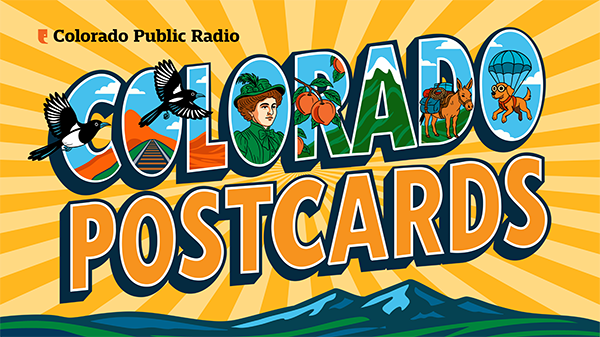
Mesa County on Colorado's Western Slope hit an unfortunate milestone in recent weeks, becoming a hotspot for measles. It recorded seven cases, more than any other county in what’s become a record year for the virus.
“We haven't had a case in Mesa County in over two decades,” said Alli Howe, the county’s chief health strategist. “It’s a new thing for us.”
Colorado has now recorded 27 confirmed measles cases this year. That's far more than any year over the past decade, during which the most tallied in one year was two cases in 2016, according to the state health department.
Nationally, there have been more than 1,400 confirmed measles cases this year, according to the U.S. Centers for Disease Control and Prevention. About 178 of those cases (about 12 percent) have resulted in a person being hospitalized; the U.S. has recorded three deaths this year.
The U.S. total includes 35 outbreaks, which is defined as three or more related cases.
“We are experiencing an outbreak of measles in Mesa County,” Howe said.
She noted five new cases are connected to known exposures. Three of these cases were quarantined contacts of the original cases.
“So there's no additional risk to the public,” she said, adding that by following quarantine instructions, those residents helped protect others. “They did their job to protect the public, and there are no further cases from them.”
She said two of the cases were under the age of 18 and five were adults.
Exactly what the county's vaccination rate is for its entire population isn’t clear, but school-age rates are the best proxy. It was a bit above 94 percent in 2023-34, according to data from the Colorado Department of Public Health and Environment. That figure is better than other nearby counties, but it still falls short of the 95 percent figure doctors and public health experts advise is the threshold to provide broad community protection.
With measles on the march around the country, some felt like it was only a matter of time until it started showing up in Colorado communities, too.
“I felt like it was likely. I think that just with the drift of vaccine hesitancy, we know that we have little pockets all throughout our country. We're a more mobile society,” said Tiffany Martens, the infection prevention manager at St. Mary’s Regional Hospital in Grand Junction.
She noted that measles is one of the most infectious diseases in the world.
“If you have a person with measles that enters a room, if you do not have immunization, you have a 90 percent chance of getting measles,” she said, adding the illness remains airborne even if the person leaves. “So, just the nature of it, I am not surprised that we've seen some here on the west slope.”
Howe said Mesa County has been getting help in responding to the recent spate of cases from the state health department.
Mesa County provides detailed information about measles and vaccine services on its website.
Howe said vaccinations are a personal choice, “but we just ask that people work with their health care provider on ways to limit their risk if there is an infectious disease in the community.”
She said public health officials in the county got a lot of on-the-job training for response during the COVID-19 pandemic and that’s proven valuable.
“Local public health is still here and we're still here to do the work,” she said. “My recommendation for people to keep talking to their health care providers and to stay informed on how you want to protect your family from these vaccine-preventable diseases.”
CPR’s Tom Hese and Stina Sieg contributed to this report.









